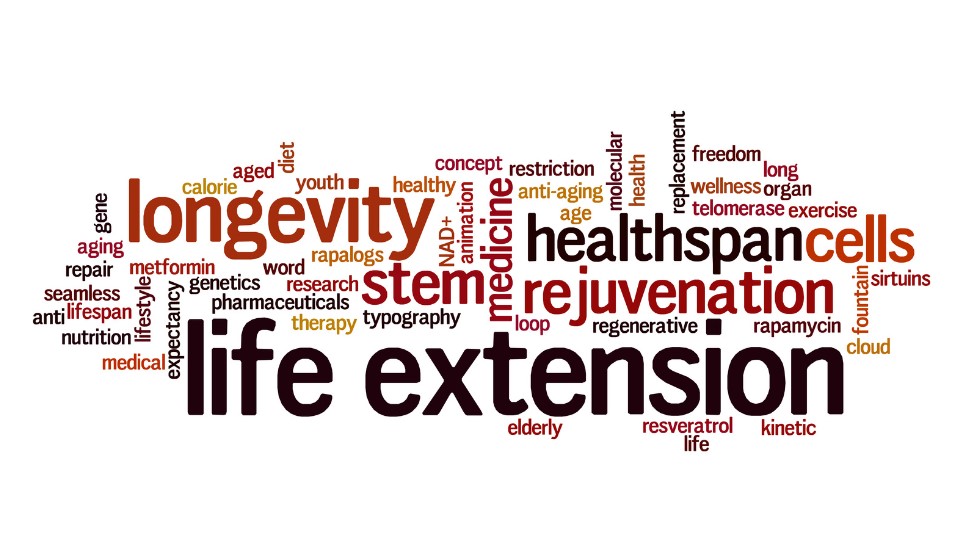Among the many changes that occur within the aging human body, those associated with our skeletal system are out of sight/ out of mind until an event or incident quickly garners your attention.
For those with diminished bone density, a usually inconsequential experience such as a minor trip & fall, finger smash in a drawer, or even leaning into or over a solid object can create painful and potentially serious bone fractures.
Why?
Though often associated with women, osteoporosis and osteopenia are non-discriminate between the genders and can have life-changing impacts if not appropriately screened for and managed.
Osteoporosis affects approximately 10.2 million adults 55+ while another 43.4 million are affected by osteopenia.
What is happening?
As demonstrated in the illustration below, the internal mineral density of bones can become severely diminished and become brittle if not proactively managed.

Various causes exist; some are associated with genetic predispositions, others are tied to poor nutrition, low exercise/activity, and lifestyle habits (smoking & alcohol).
Fortunately, like many other age-related conditions, osteoporosis and osteopenia have options for proactive management. You may already know where I’m going with this, and it isn’t to the local pharmacy or the medicine cabinet; it is to the grocery store and then to the gym!
Though medical advice is above my credential and pay grade, the science that supports load-bearing exercise paired with nutrient-dense nutrition is many times more compelling than anything found in a bottle for keeping bones strong and healthy!
To help you take control of this incredibly serious issue, below are five evidence-based tips from my Bone Builders program that are guaranteed to produce favorable density results with zero adverse side effects.
– Hit the weights! By introducing consistent/controlled loaded force production into your kinetic chain, your body responds by allocating resources accordingly. Though muscles respond the fastest, other movement elements (bones & joints) are soon to follow.
– Hold still to grow strong! Mix isometric (static hold) exercise into your fitness program and amplify strength benefits in non-contractile resources, such as ligaments, tendons, joint heads, and bones!
In conclusion, though some medications have their place, relying exclusively on medication to manage musculoskeletal issues is a mistake. Your body is designed to move and is the healthiest when maintained and continually utilized according to purpose.
This is yet another case where movement is medicine and will reward you with the quality of life and good health you have worked so hard for and deserve!
Joe Carson B.S. NASM-CPT/FAS/CN
Master Trainer/Functional Aging Specialist/Certified Nutritionist
Twenty-First Century Aging





